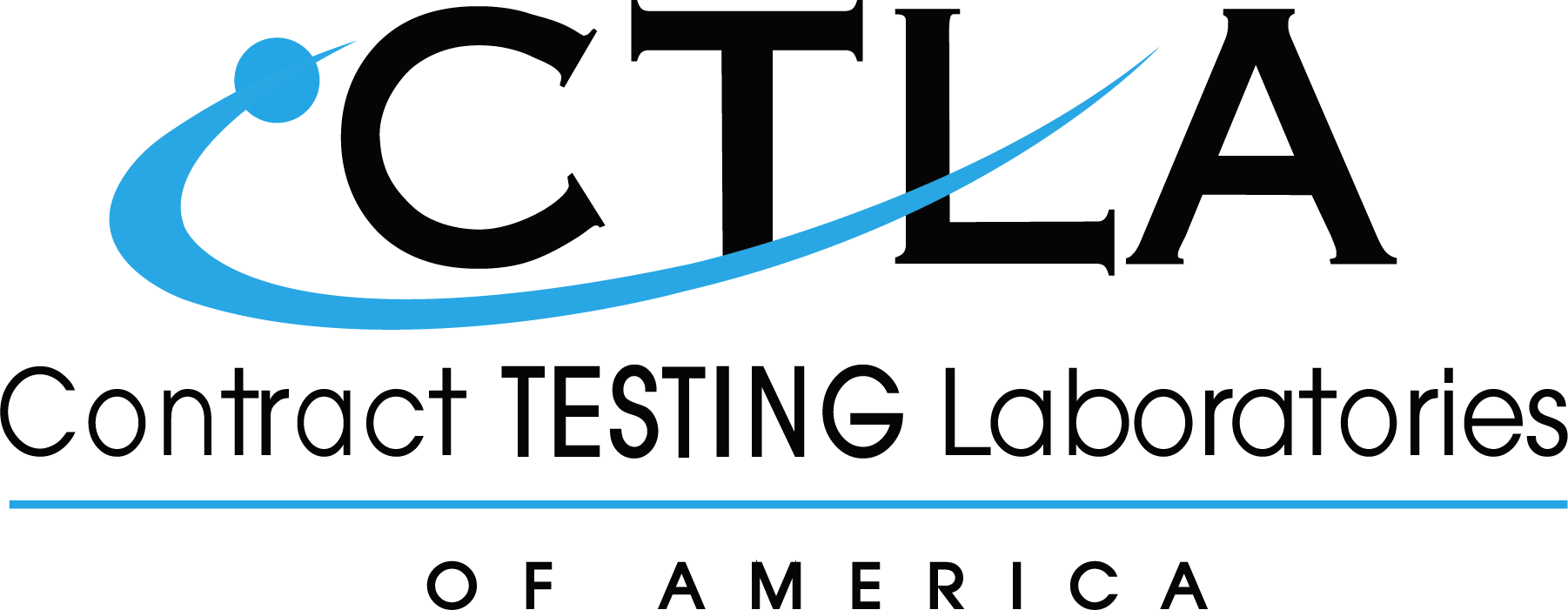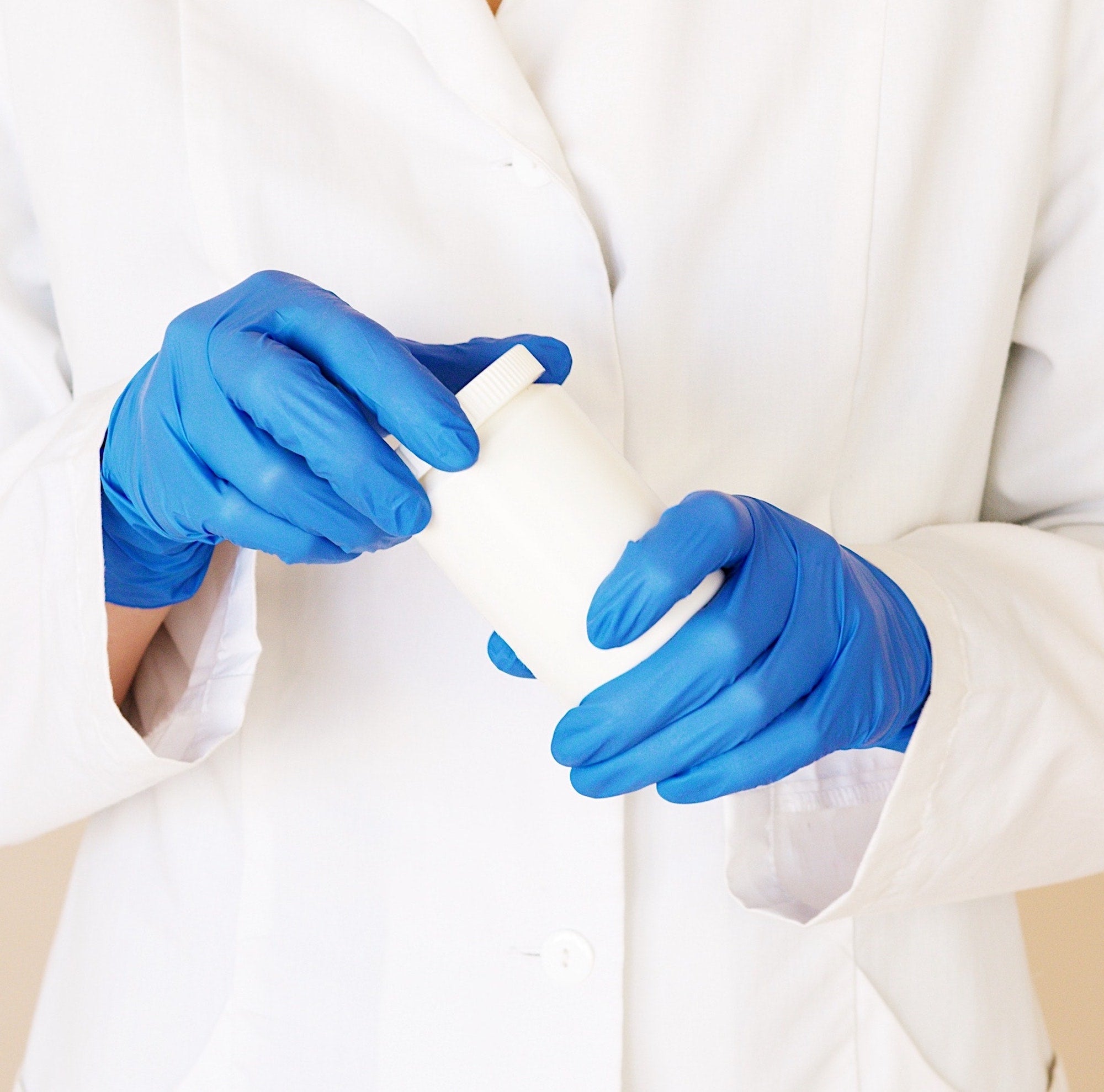
Heavy Metals Testing Requirements
Heavy Metals Testing Requirements
Hectic lives and busy schedules have consumers increasingly reaching for supplements to fill nutrition gaps. There has never been a better time to invest in, develop, and/or broaden your supplement brand. In 2021, Grand View Research valued the global dietary supplement market at $151.9 billion. They expect this market to continue growing at an 8.9% compound annual growth rate (CAGR) through 2030.
However, the information age has consumers reaching for only the safest and most scientifically proven supplements and functional foods. In addition, the supplement craze has caught the attention of numerous governing bodies. Supplement safety has also never been more stringently regulated by federal and state governments and even online retail outlets.
Heavy metal content is an initial test to help determine a supplement’s safety. The issue of accumulated toxic heavy metals is so widespread and of such concern that the World Health Organization (WHO) investigates heavy metal contamination in soils and water around the globe. WHO also helps set the permissible limit of heavy metals in water, soil, food, and food packaging, especially in third-world countries.
Heavy Metals
Any high-density metallic element toxic in low concentrations is considered a heavy metal. Five metals, in particular, cause the greatest concern. Repeated exposure to sufficient quantities of lead, mercury, arsenic, cadmium, or chromium can damage organs, scramble DNA cellular reproduction (causing cancer), and/or cause birth defects or harm reproductive organs.
Four of these five metals: lead, mercury, arsenic, and cadmium, are absorbed by plants and can therefore be ingested in food or herbal-based dietary supplements.
Lead
In the past, lead had numerous industrial applications. It was regularly used in gasoline, paint, and plumbing. Lead is now banned in most products in the United States. However, it still naturally occurs in soil. And past industrial practices widely distributed it into the environment.
Lead is especially toxic to the brain and nervous system of developing fetuses, infants, and young children. The FDA set the daily maximum intake of lead at 12.5 mcg for adults and 3 mcg for children.
Mercury
Mercury is used in producing other chemicals, and it is in fluorescent lamps, medicine, liquid mirrors, and float valves. Elemental or inorganic mercury combines with carbon to become organic mercury.
Organic mercury builds in the aquatic food chain. Eating contaminated fish or shellfish increases mercury exposure. Inorganic mercury is in water, soil, and air and can contaminate crops. Consuming organic or inorganic mercury or applying cosmetics containing mercury can cause kidney and neurological damage, rashes, and birth defects.
The US National Research Council Institute of Medicine sets the daily safety standard dose for organic mercury at 0.1 mcg per kg body weight. For a 180-pound adult, that is roughly 8.2 mcg of mercury daily.
Arsenic
Arsenic naturally spews into the environment during volcanic eruptions. Human sources of arsenic contamination include mining, fracking, coal-burning power plants, pesticides, and arsenic-treated lumber.
Long-term arsenic exposure is linked to various cancers. Short-term signs of exposure include tingling or numbing sensations in the hands and feet, bruising, nausea, and vomiting. The FDA has set the maximum amount of arsenic in drinking water at 10 parts per billion (ppb).
Cadmium
Cadmium is naturally found in rocks and soil. It has numerous industrial uses, including in PVC (polyvinyl chloride), metal coatings, glass and plastic pigments, solar cells, and batteries.
Cadmium poisoning damages the liver, kidney, bones, testes, and cardiovascular and immune systems. The FDA has set the maximum cadmium content in bottled water to 5 mcg per liter. The World Health Organization (WHO) sets a tolerable weekly intake of cadmium based on body weight at 7 mcg per kilogram. For a 180-pound adult, that is roughly 82 mcg daily.
Regulating Heavy Metals in Food and Supplements
Regulation of heavy metal permissible limits in given products and the associated labeling requirements are constantly evolving. For example, last summer (2021), the European Commission lowered allowable lead and cadmium limits for various food products. Amounts are limited based on the heavy metal content in milligrams found in a kilogram of a given food.
In the United States, the Food and Drug Administration (FDA) regulates heavy metal content in supplements, food, and personal care products. Within the Code of Federal Regulations (CFR) Title 21, the FDA monitors and sets limits for certain toxic heavy metals, including lead, mercury, arsenic, and cadmium. These limits are set for not only edibles but also food containers, dishes, and cookware.
CA Prop 65
The state of California sets the most stringent heavy metal regulations with Proposition 65 (the 1986 Safe Drinking Water and Toxic Enforcement Act). CA Prop 65 requires supplements sold in the state to have a warning label if it contains identified heavy metal reproductive toxins or carcinogens over established safe amounts. These requirements also apply to products sold online.
Supplements and food products containing heavy metals in concentrations above the set standards can be sold in California. But CA Prop 65 puts the legal responsibility, obligation, and burden of proof on the manufacturer and brand owner to provide “clear and responsible” warnings to sell the product in California. In addition to official state action, any person acting in the public interest can initiate a 60-day notice against any manufacturer, company, brand owner, or retailer concerning Prop 65 violations.
For carcinogens, the set “no significant risk level” (NSRL) is based on a 70-year-old person having that level of daily exposure over a lifetime with only a 0.001% increase in the chance of developing cancer.
For reproductive toxins, the limit is set 1,000 times below the “no observable effect” amount, or the highest dosage to show no reproductive harm in humans and animals. The no observable effect is given as a maximum allowable daily level (MADL).
Current safe levels for heavy metals outlined by Prop 65 are:
- Lead: Carcinogen NSRL - 15 mcg/day; Reproductive Toxin - MADL 0.5 mcg/day
- Mercury: No established safe level of exposure either as a carcinogen or a reproductive toxin.
- Arsenic: Carcinogen NSRL - 10 mcg/day; Reproductive Toxin: No established safe level.
- Cadmium: Carcinogen - no established level for oral consumption; Reproductive Toxin MADL - 4.1 mcg/day
If a food, dietary supplement, or personal care product contains any of these heavy metals in a serving size quantity above NSRL or MADL, the product must have the appropriate warning on the product label and online description. Analytical testing is the only way to know if your product requires CA Prop 65 mandated warnings.
Heavy Metals Testing
Due to growing conditions, food and herbal supplements are the most likely to be contaminated with heavy metals. In addition, people worry about the possibility of cumulative heavy metal poisoning from taking multiple vitamins and other dietary supplements.
Heavy metal analytical testing is a must to meet regulations and inform consumers. Inductively Coupled Plasma with Mass Spectrometry (ICP-MS) testing quantifies heavy metal content in ranges as low as parts per trillion. ICP-MS testing is the most accurate and cost-effective method to determine if a product requires Prop 65 mandated warnings.
Required warnings depend on the daily dosage at the normal consumption rate. (The consumption rate may be the recommended serving size. However, that might not be the case. Take a canned energy drink, for example. The single container is labeled as containing two servings, but consumers drink the whole can in one day.)
The conversion between safe levels delineated by governing bodies in micrograms per day and the analytical testing results given in parts per million, billion, or trillion (ppm, ppb, or ppt) may be confusing. It helps to remember that the parts per million, etc. are based on a percentage of the total weight.
To get mcg/day take the weight of a daily-single serving of the supplement (tablet, capsule, powder, etc.) in grams times the concentration of the given heavy metal (in ppm) in the supplement.
Prop 65 Dietary Supplement Capsule Example
The tested dietary supplement capsule weighs 1,000 mg (1 g).
ICP-MS testing shows one capsule contains:
- 0.2 ppm lead
- 0.4 ppm cadmium
|
Serving Size/ Day |
Total Daily Dosage |
Required Warning |
|
1 capsule |
Lead: 1 g x 0.2 ppm = 0.2 mcg/day Cadmium: 1 g x 0.4 ppm = 0.4 mcg/day |
Lead: No warning required Cadmium: No warning required |
|
2 capsules |
Lead: 2 g x 0.22 ppm = 0.4 mcg/day Cadmium: 2 g x 0.4 ppm = 0.8 mcg/day |
Lead: No warning required Cadmium: No warning required |
|
3 capsules |
Lead: 3 g x 0.2 ppm = 0.6 mcg/day Cadmium: 3 g x 0.4 ppm = 1.2 mcg/day |
Lead: Requires Reproductive toxin Warning Cadmium: No warning required |
CTLA Testing
Turn to CTLA to meet all your heavy metal testing needs. We quantify heavy metal content per unit serving of any given food or dietary supplement using the latest ICP-MS technology. You can trust CTLA for quick turnaround times, complete documentation, and open, honest communication.
CTLA is an ISO/IEC accredited laboratory located in Spanish Fork, UT. To meet your food, supplement, and personal care testing requirements, contact CTLA today.

The content of CTLA’s website is for information only, not advice or guarantee of outcome. Information is gathered and shared from reputable sources; however, CTLA is not responsible for errors or omissions in reporting or explanation. CTLA gives no assurance or warranty regarding the accuracy, timeliness or applicability of the content.
Sources:
“Commission Regulation (EU) 2021/1323 of 10 August 2021 amending Regulation (EC) No 1881/2006 as regards maximum levels of cadmium in certain foodstuffs.” EUR-Lex. 2021. https://eur-lex.europa.eu/eli/reg/2021/1323/oj
“Commission Regulation (EU) 2021/1317 of 9 August 2021 amending Regulation (EC) No 1881/2006 as regards maximum levels of lead in certain foodstuffs.” EUR-Lex. 2021. https://eur-lex.europa.eu/eli/reg/2021/1317/oj
“Metals and Your Food.” FDA. 2021. https://www.fda.gov/food/chemicals-metals-pesticides-food/metals-and-your-food
“For Businesses - Prop 65 Warning Website.” Proposition 65 State of California. 2022. https://www.p65warnings.ca.gov/businesses
“Prop 65 and the Food We Eat.” American Herbal Products Association.
Bose-O'Reilly, Stephan et al. “Mercury Exposure and Children’s Health.” NCBI. 2010. https://www.ncbi.nlm.nih.gov/pmc/articles/PMC3096006/
Jairoun, A.A., Shahwan, M. & Zyoud, S.H. Heavy Metal contamination of Dietary Supplements products available in the UAE markets and the associated risk. Sci Rep 10, 18824 (2020). https://doi.org/10.1038/s41598-020-76000-w
Tchounwou, Paul B. et al. “Heavy Metals Toxicity and Environment.” NCBI. 2012. https://www.ncbi.nlm.nih.gov/pmc/articles/PMC4144270/
“What are the US Standards for Cadmium Exposure?” Agency for Toxic Substance and Disease Registry. 2013. https://www.atsdr.cdc.gov/csem/cadmium/Safety-Standards.html







